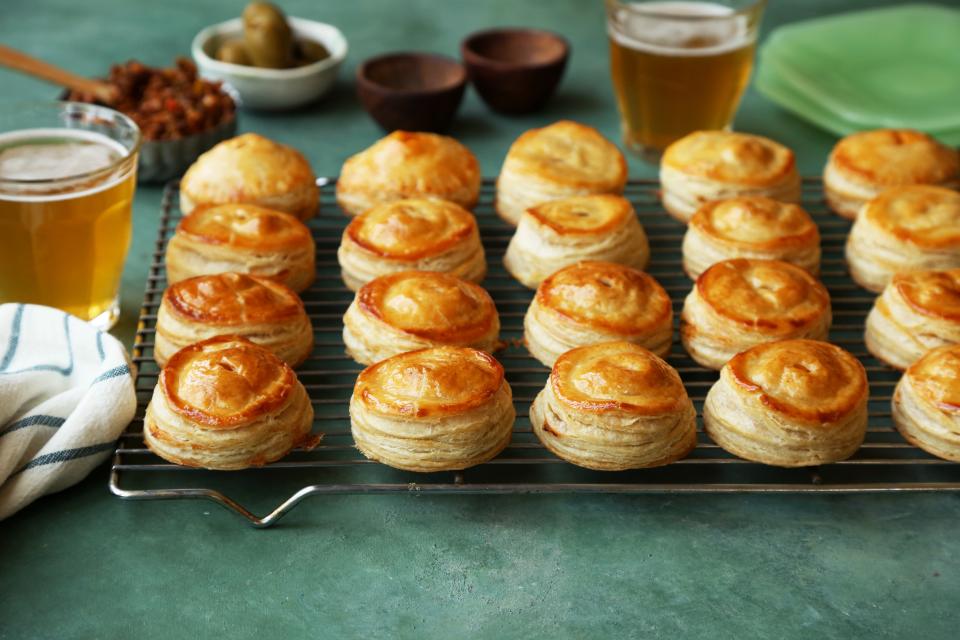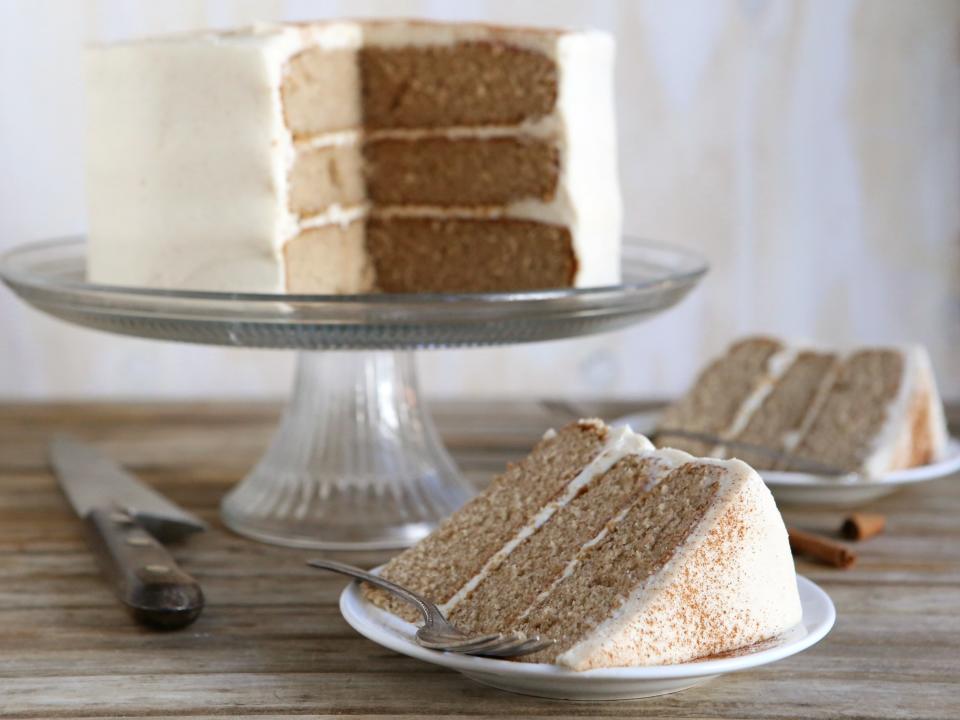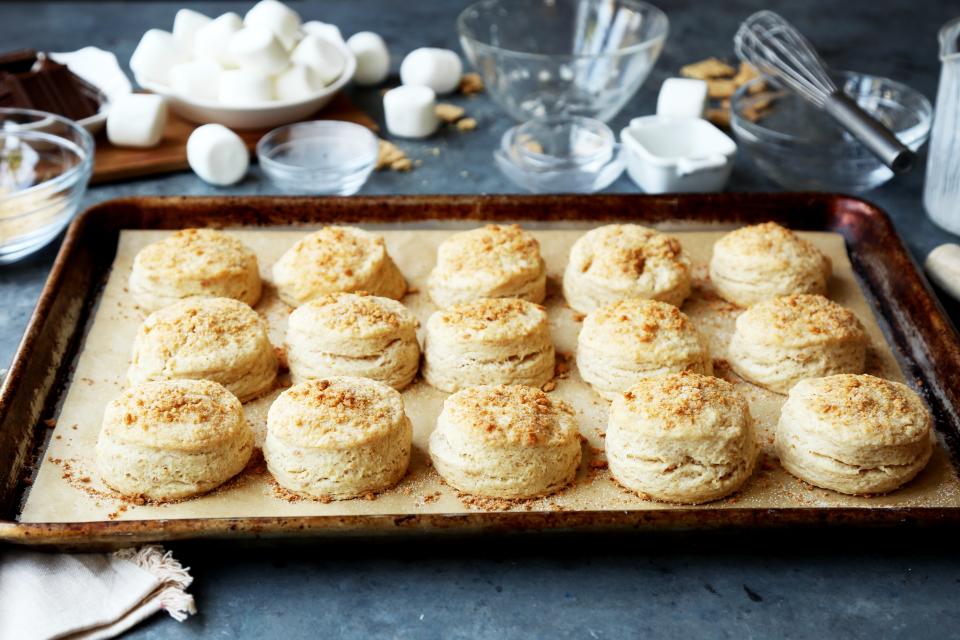Literally Everything Is Better With Butter
From the time the milk leaves the farm, there’s nothing added (other than maybe a little salt). It’s no secret that butter is delicious; calling a dish “buttery” is the highest compliment. But butter is more than just a tasty fridge staple. This hardworking ingredient is responsible for the texture and quality of many of your favorite dishes. Here, we explain the science of why butter is often not only better than other oils or fats—it’s actually irreplaceable.

ABI x BA -Article 1-Hand Pie.jpg
Butter’s the reason...pie crusts are flaky.
How it works: Butter has water content that’s missing from other baking ingredients like coconut oil. So, as pie dough is baked and the butter melts, the water in the butter creates steam, trapping it in the dough and creating air pockets. Once the dough has cooled, these air pockets become delicate layers of flaky dough.
Why it matters: A perfect pie crust cradles any type of filling—from cream to fruit, chocolate to nuts. When done right, pie is the ideal, portable dessert to bring to any party, all year round. (Like this perfect-for-the-holiday rhubarb pie.)

ABI x BA -Article 1-Layer Cake.JPG
Butter’s the reason...layer cakes can stand up.
How it works: Most American butter is comprised of 80% fat; the other 20% is made up of about 5% milk solids and 15% water. The water strengthens the gluten in the flour, resulting in a crumb with more substance than a cake made with oil, allowing it to support another layer (or many more).
Why it matters: Without butter-enhanced cake, there would be no wedding cake! (Not to mention buttercream frosting, another layer cake must-have!)
Butter’s the reason...cookies are tender.
How it works: The fat in butter inhibits the formation of tough gluten, leading to more tender results. The higher the proportion of butter to other ingredients, the more tender the cookie, and the more it’ll spread as it bakes.
Why it matters: Cookies are all about texture, so once you nail the right one, you’ll be ready to whip up batches of buttery-tender cookies with confidence all throughout the holiday season—and beyond.

ABI x BA -Article 1-Biscuits.jpg
Butter’s the reason...biscuits are golden and crisp on the outside and fluffy on the inside.
How it works: The milk solids in butter contain sugars that caramelize in a hot oven, leading to that deep golden biscuit top and bottom. Also, the cold butter forms large flakes in dough, creating clusters of steam that lead to the pull-apart quality of biscuits.
Why it matters: If you’re from the South, you would never think to ask why biscuits matter. If you’re not from the South, trust that perfecting the biscuit is a worthwhile life goal, and will enhance every breakfast here on out. Change up your Sunday menu and introduce your brunch gang to these BLT Biscuit Sliders.
Butter’s the reason...sauces are smooth.
How it works: When you whisk flour into melted butter for a roux (the basis of many sauces), the butterfat coats the particles of flour, separating them and making them less likely to form lumps once milk, wine or another liquid is added.
Why it matters: Sauces are meant to enhance every dish, and lumps ruin that magic trick—whether you’re attempting béchamel, gravy, beurre blanc, or any other sauce.
So, don't forget to stock your fridge with your favorite brand of butter and get re-inspired with your favorite breakfast, lunch, and even dinner recipes.
Originally Appeared on Bon Appétit

